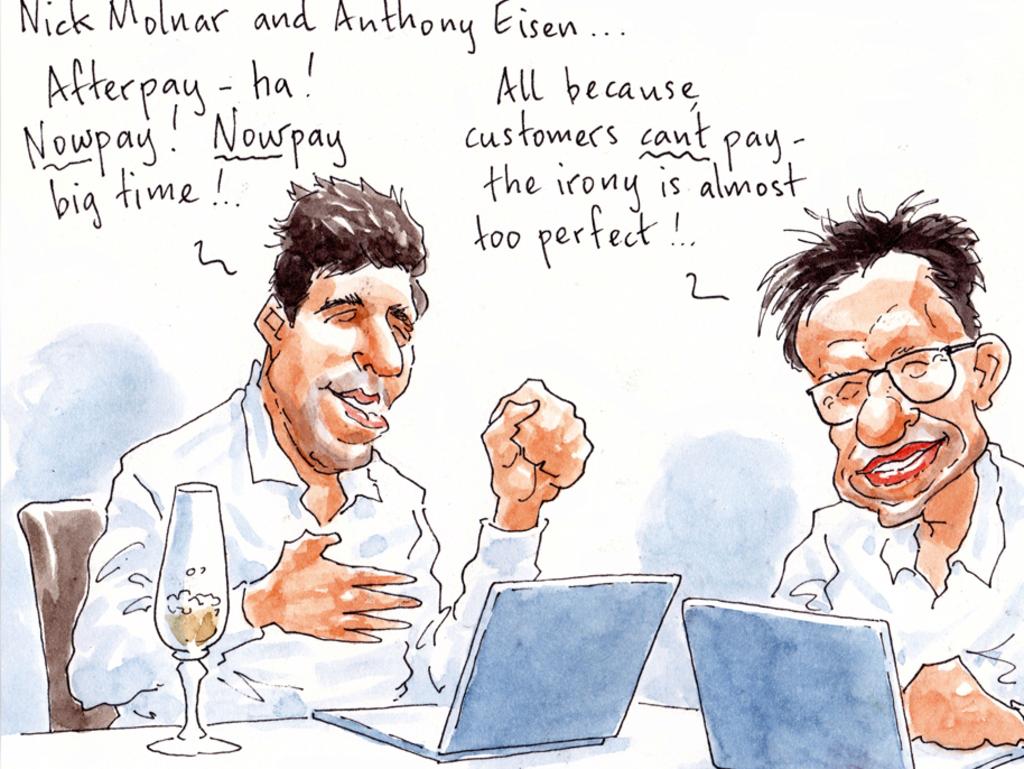Surge in home loan applications
Two of the nation’s biggest mortgage brokers have reported a surge in loan applications.

Two of the nation’s biggest mortgage brokers have reported a surge in loan applications as they expect the combination of the recent round of interest rate cuts, pent-up demand and growing consumer confidence will buoy the housing market and prices in the months ahead.
Aussie chief executive James Symond said while the property market had been unsettled in 2020 due to COVID-19, positive momentum was returning and the broking group posted a record October, which was also its second strongest month ever for loan applications.
“We are writing really strong business and we’re back punching really hard again,” he added.
“While ever rates are low and while ever people have a job the property market will be strong and buoyant.
“The current conditions are creating the perfect storm of positive growth drivers which will propel our property markets into 2021 and 2022.”
Aussie saw record home loan applications and settlements for the month of October, at more than $1.6bn in settled mortgages. Aussie is now estimating a settlement value of about $18bn for this financial year, following record lodgements in the September quarter.
Mr Symond said pent-up demand and the Reserve Bank’s November cut in official rates to 0.1 per cent had triggered more interest in the property market, across first home buyers, refinancing and those seeking to upgrade their houses.
“We’ve never experienced pent-up demand like this. We are seeing confidence of consumers return.”
Boss of ASX-listed broking firm AFG, David Bailey, echoed that view, noting conditions were stronger-than-expected, supported by those seeking to refinance or upgrade to a bigger home or from an apartment to a house.
“Our (loan application) volumes are up probably 15 per cent on last year,” he said.
“Even with Victoria having been in lockdown, I’ve been surprised with the robustness of the Victorian market … predictions in April of house prices crashing because of hardship are now very unlikely (to come to fruition).”
Also likely to buoy sentiment was the NSW budget on Tuesday, which included plans for public consultation on replacement options for stamp duty.
These would include the imposition of an annual property tax or, possibly, a scheme where buyers could choose between either paying the duty or the annual tax.
Mr Symond said Aussie welcomed any measures making it easier to get into the property market, particularly if there was an option available to pay stamp duty or an annual tax.
Reserve Bank governor Philip Lowe weighed into the debate on Monday, highlighting COVID-19 was having a “very uneven” impact across parts of the property market.
“The demand from investors in residential property has been subdued, but it is possible that low interest rates will change this,” he said.
Dr Lowe said the major cities had been more affected by the slowdown in population growth and COVID-19 infections.
“As a result, prices in Sydney and Melbourne have fallen over recent months, while they have risen in most other cities.
“In some states, the markets in our regional towns and cities have been stronger than those in the capital cities. For example, while prices have fallen in Sydney they have increased in regional NSW.”
The major banks have in recent weeks been revising their expectations for house prices, given dire scenarios for unemployment and COVID-19 infections haven’t played out.
ANZ this week upgraded its outlook and tipped healthy price rises in 2021 for Australian housing. The bank’s economists said after falling since April, national house prices were flat in October and were poised to “rise modestly” at a national level over coming months.
“Next year, we expect price gains of around 9 per cent across the capital cities,” the ANZ economists said.
The banking sector is, however, working through $133bn of home loans that remain on repayment pause due to the pandemic.
Mr Symond was among few pundits who didn’t expect a sharp decline in residential property prices as the economic turmoil took hold in May.
On Tuesday, he said record low fixed and variable home loan rates, coupled with slightly weaker property market conditions, had also contributed to a growing trend of mortgage borrowers paying less in repayments than they would in rent in the same suburb.
Mr Symond noted about 35-40 per cent of new home loans being written were fixed rate, as banks reduced that pricing rather than lowering variable rates after the RBA’s November cut.
While Mr Bailey is positive on a housing rebound, he remains cautious on apartments, given lower investor and renter demand, particularly given international students are yet to return.
“The one area I’m still concerned about is apartments in major cities,” he said.
Morgan Stanley research this week highlighted near-term housing market data turning more positive.
It cited auction clearance rates reaching 70 per cent nationally, new housing loan approvals increasing strongly, and price expectations recovering.
The research also said the broker expected the RBA to extend its $100bn quantitative easing bond buying and cheaper term funding facility for banks next year.
Separately, consolidation has gathered pace in the mortgage broking market in the past 12 months. AFG wants to seal its transaction to buy Connective, and National Australia Bank is pushing ahead with the sale of mortgage aggregator businesses FAST, Choice and PLAN.
Mr Symond wouldn’t directly comment on talk Aussie’s owner Commonwealth Bank was seeking to merge it with online broker Lendi, except to say: “CBA are looking at opportunities and there are many opportunities out there.”








To join the conversation, please log in. Don't have an account? Register
Join the conversation, you are commenting as Logout